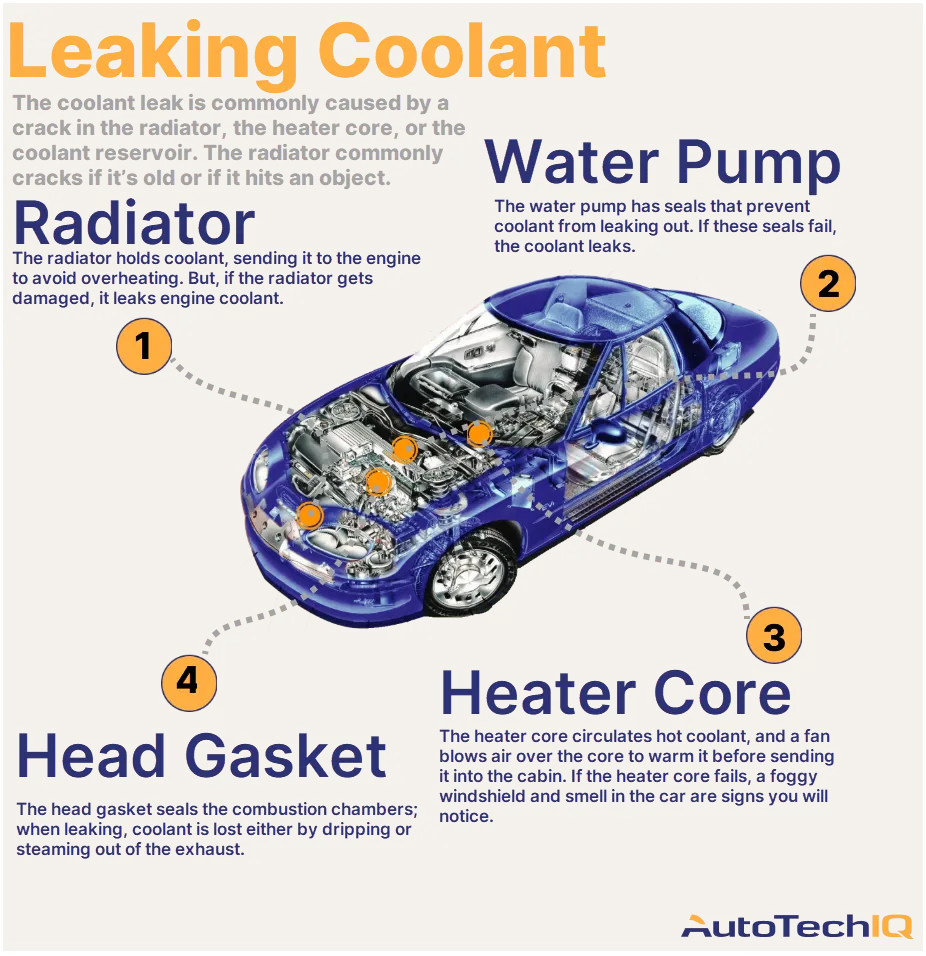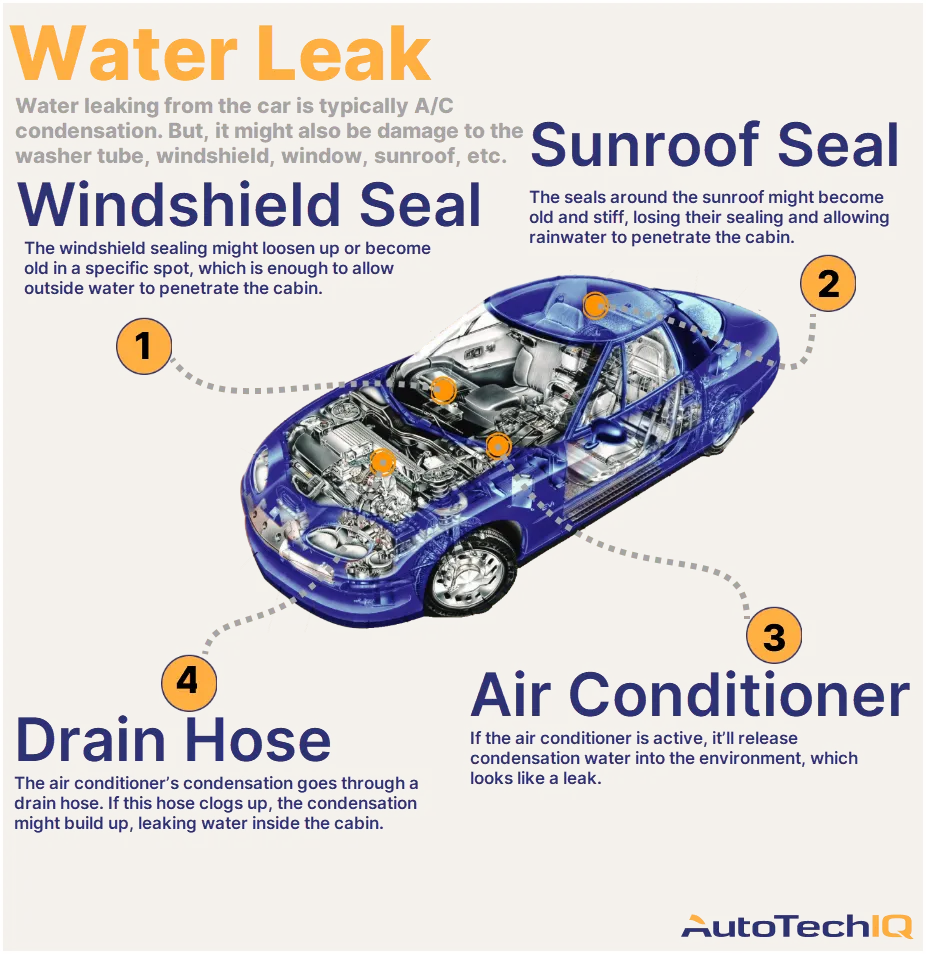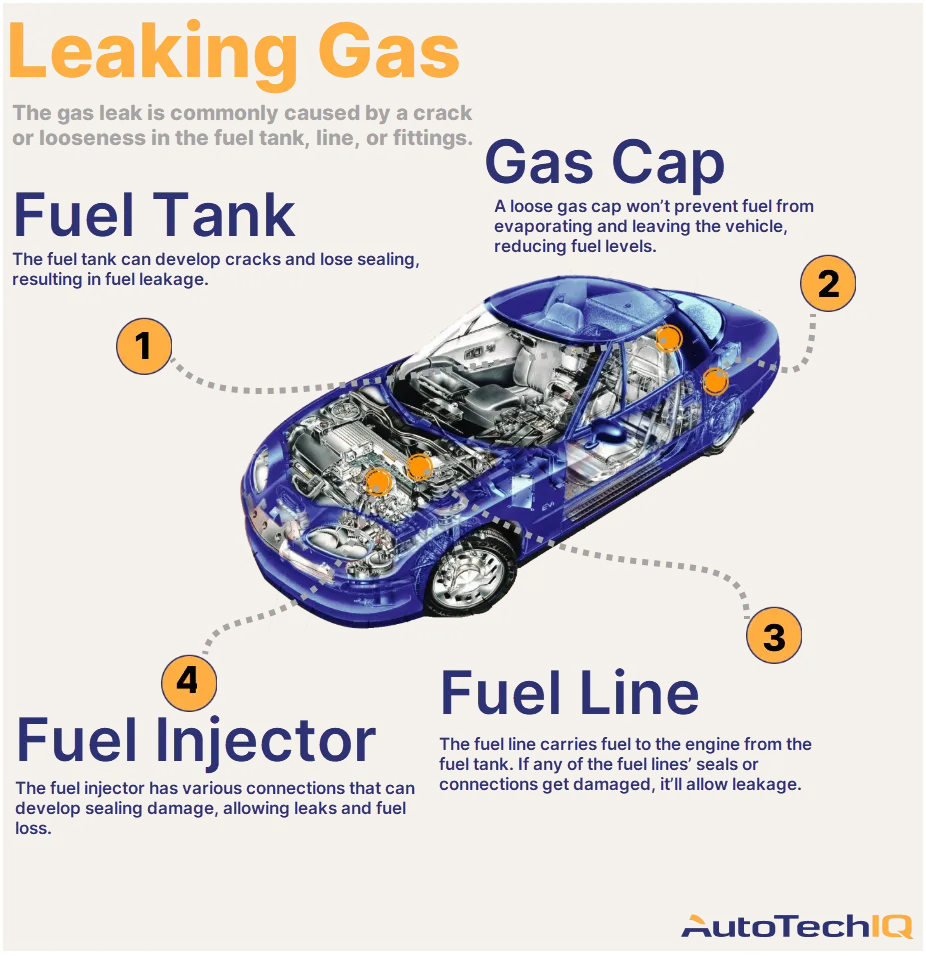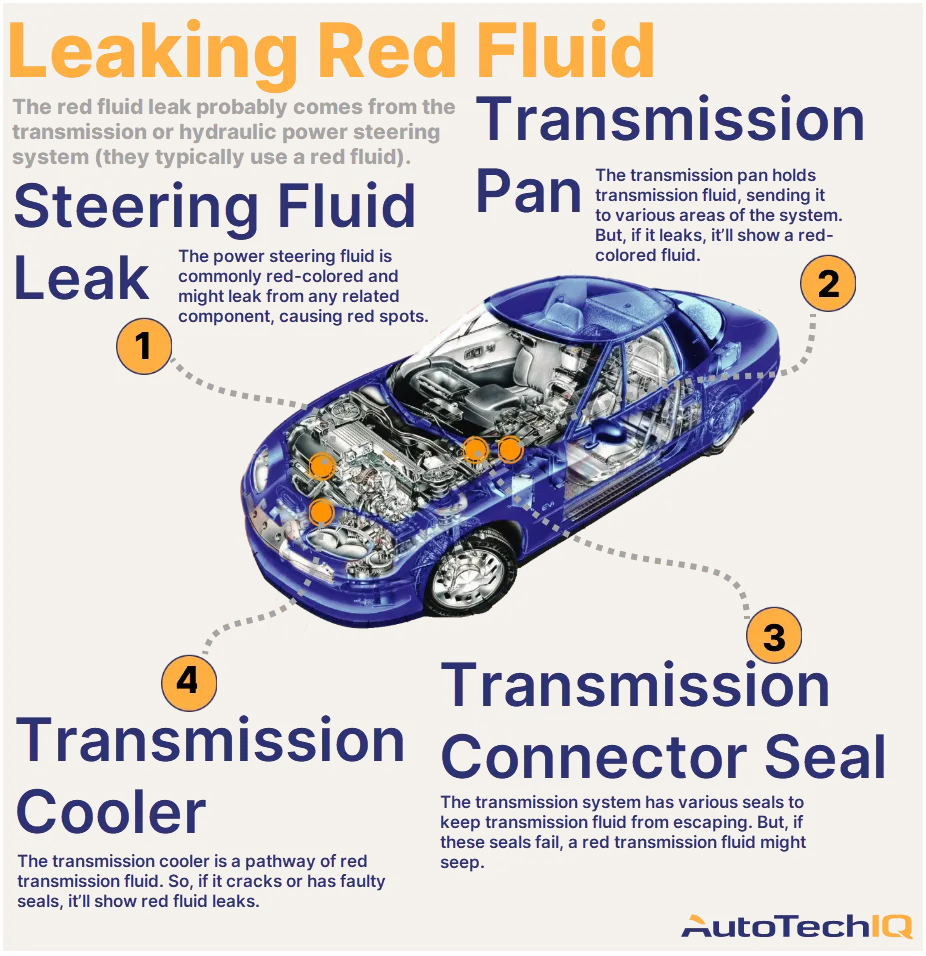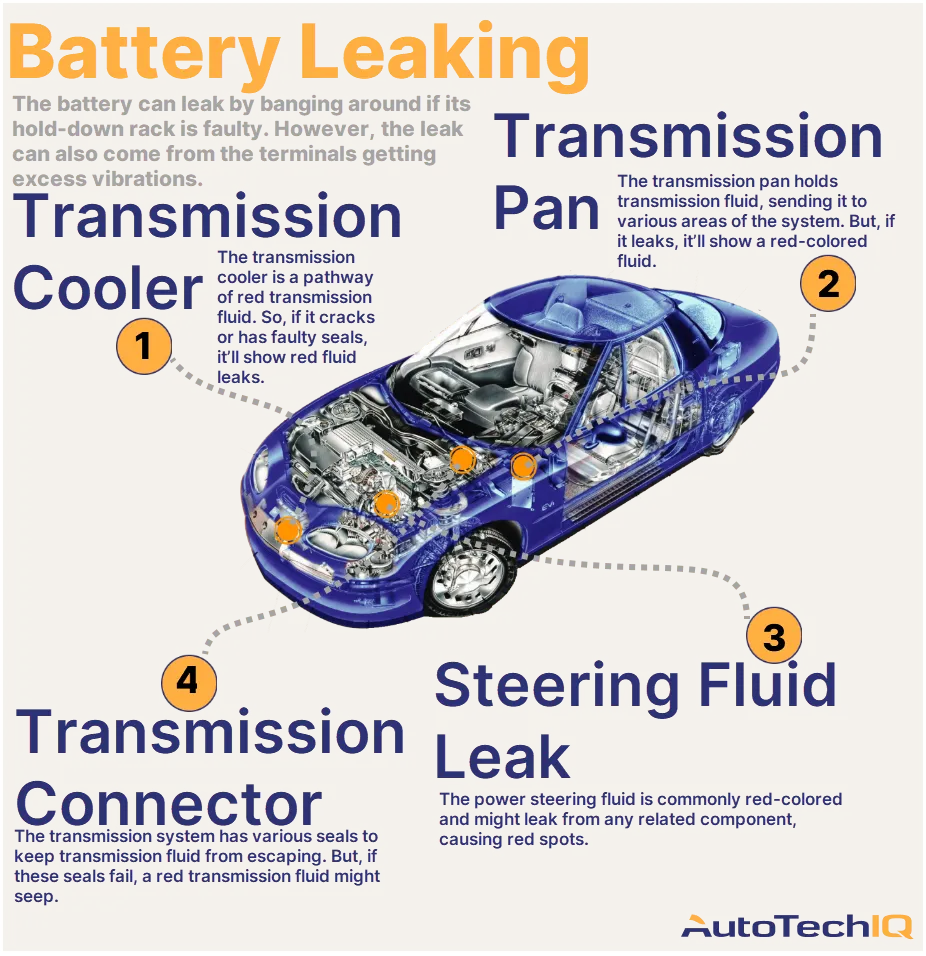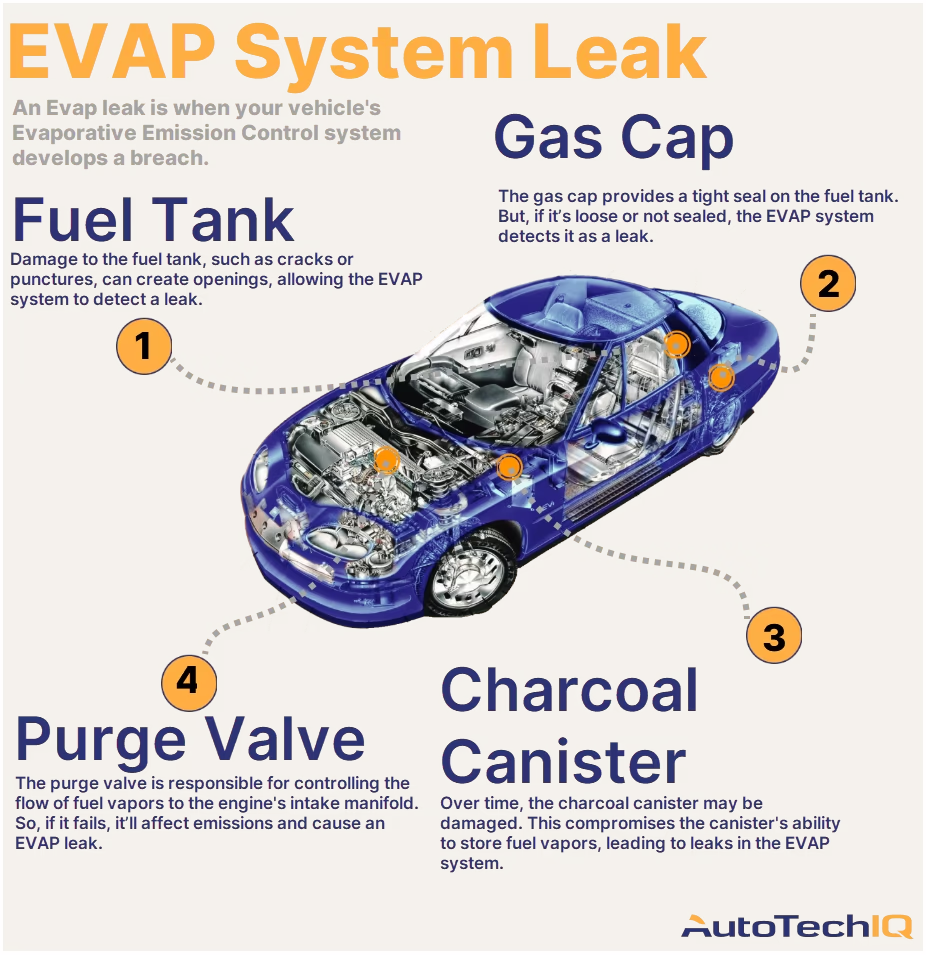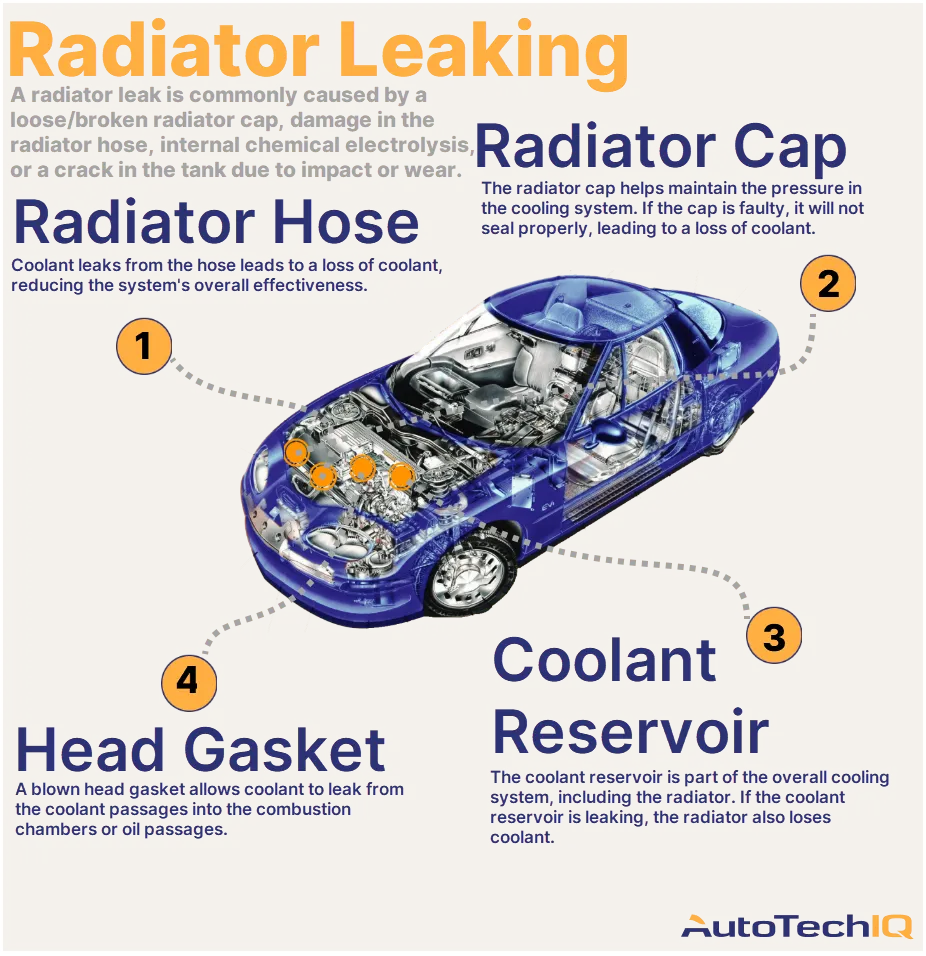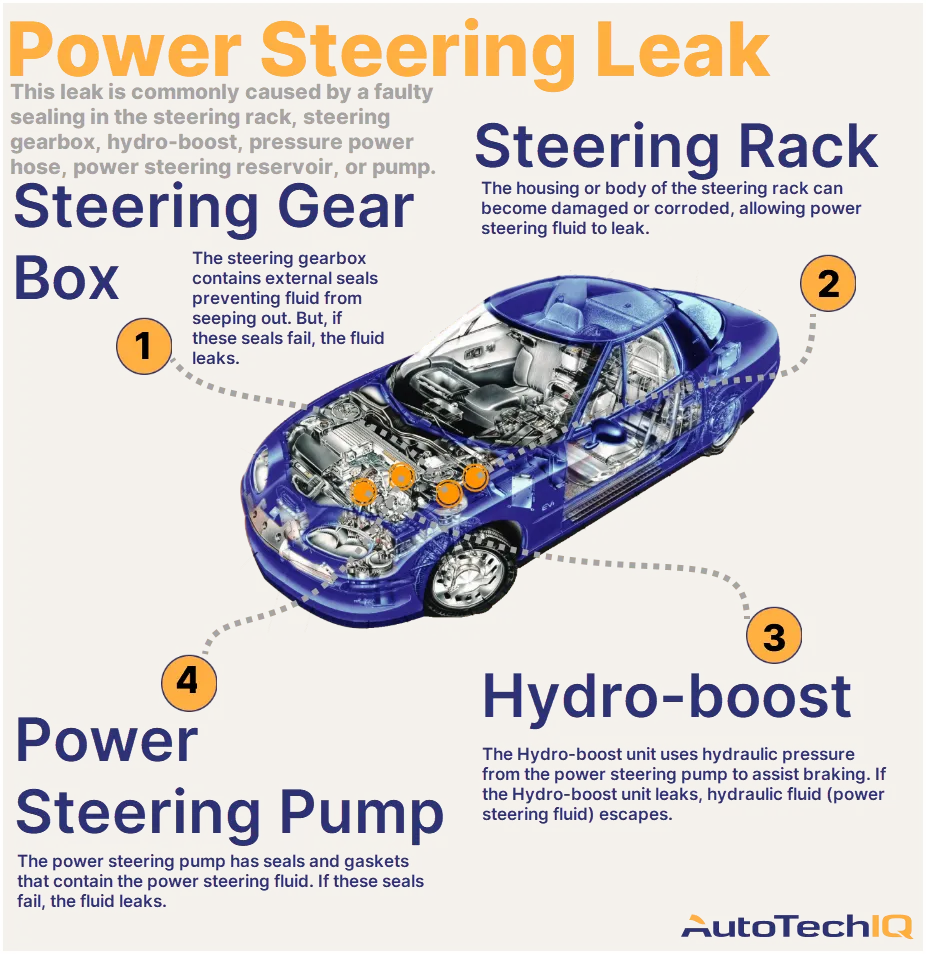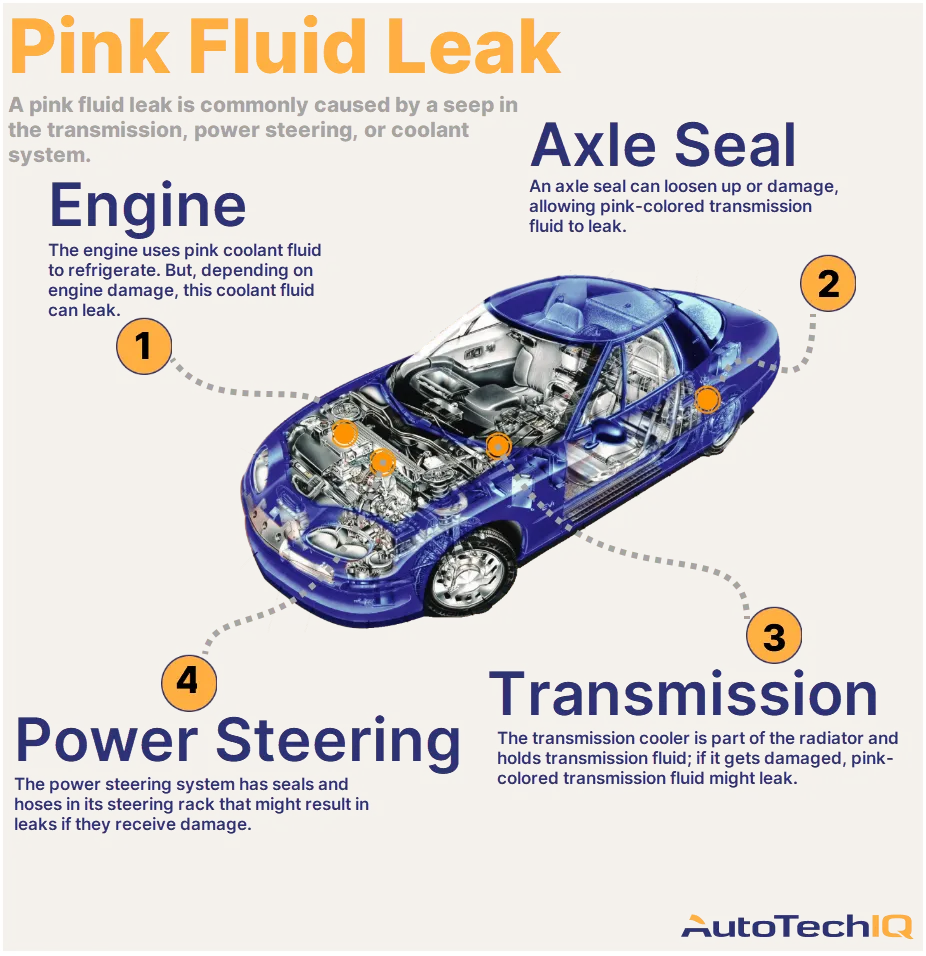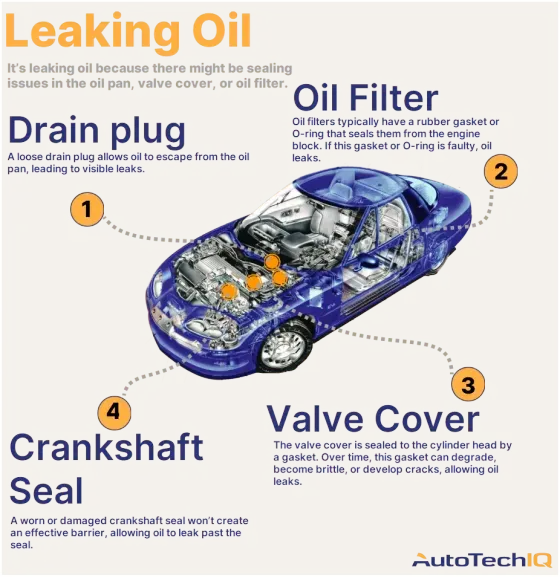
Is Your Car Leaking Oil?
It’s leaking oil because there might be sealing issues in the oil pan, valve cover, or oil filter. It can also be that the drain plug is loose, or some of the many seals are worn out, like the crankshaft seal.
The engine works hard to power your automobile. It needs oil to lubricate many moving parts and keep it running smoothly. Maintaining the proper level of clean engine oil is one of the primary responsibilities of maintaining your vehicle. But, if there is a leak somewhere, the oil escapes the pan quickly.
Oil leaks could be the result of a poorly executed oil change. If that's the case, the fix might be as simple as tightening the drain plug. However, oil can also escape from several valves as it runs through your engine, which is more complex.
Watch out: Keeping oil in your engine is vital. If levels get too low, your engine catastrophically damages itself as it runs. This risks a breakdown or extensive repairs. Also, engine oil is a harmful substance. So, leaking oil might damage the environment and seep into groundwater.

